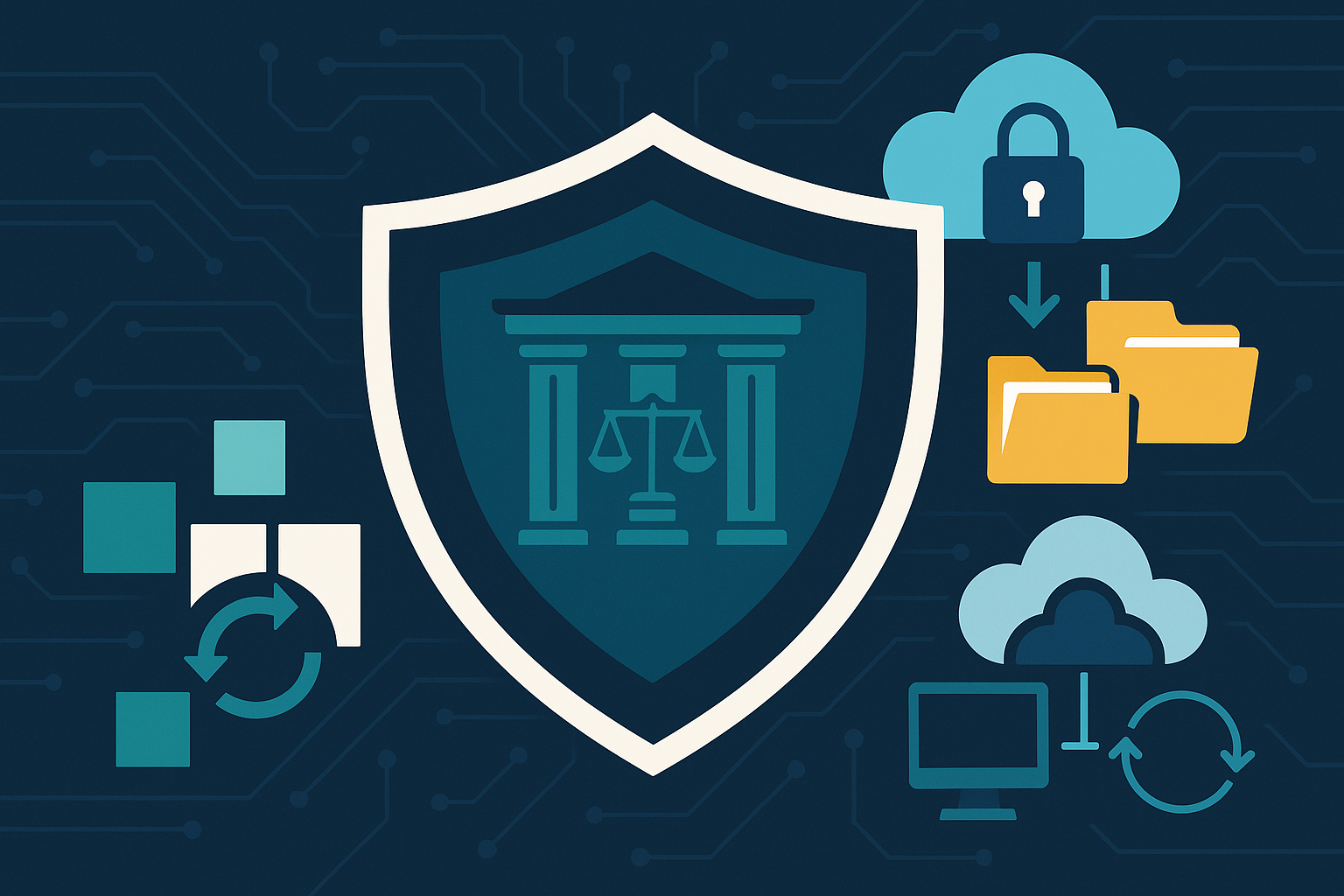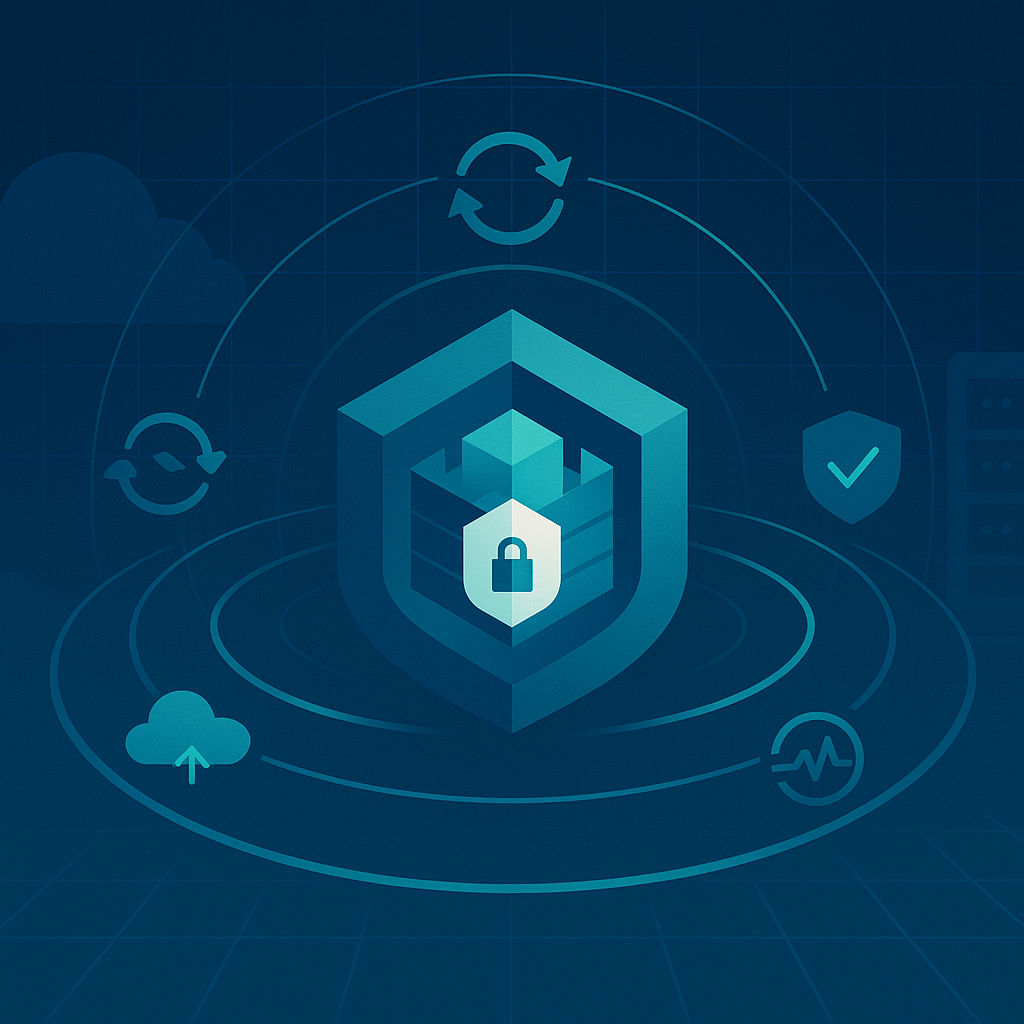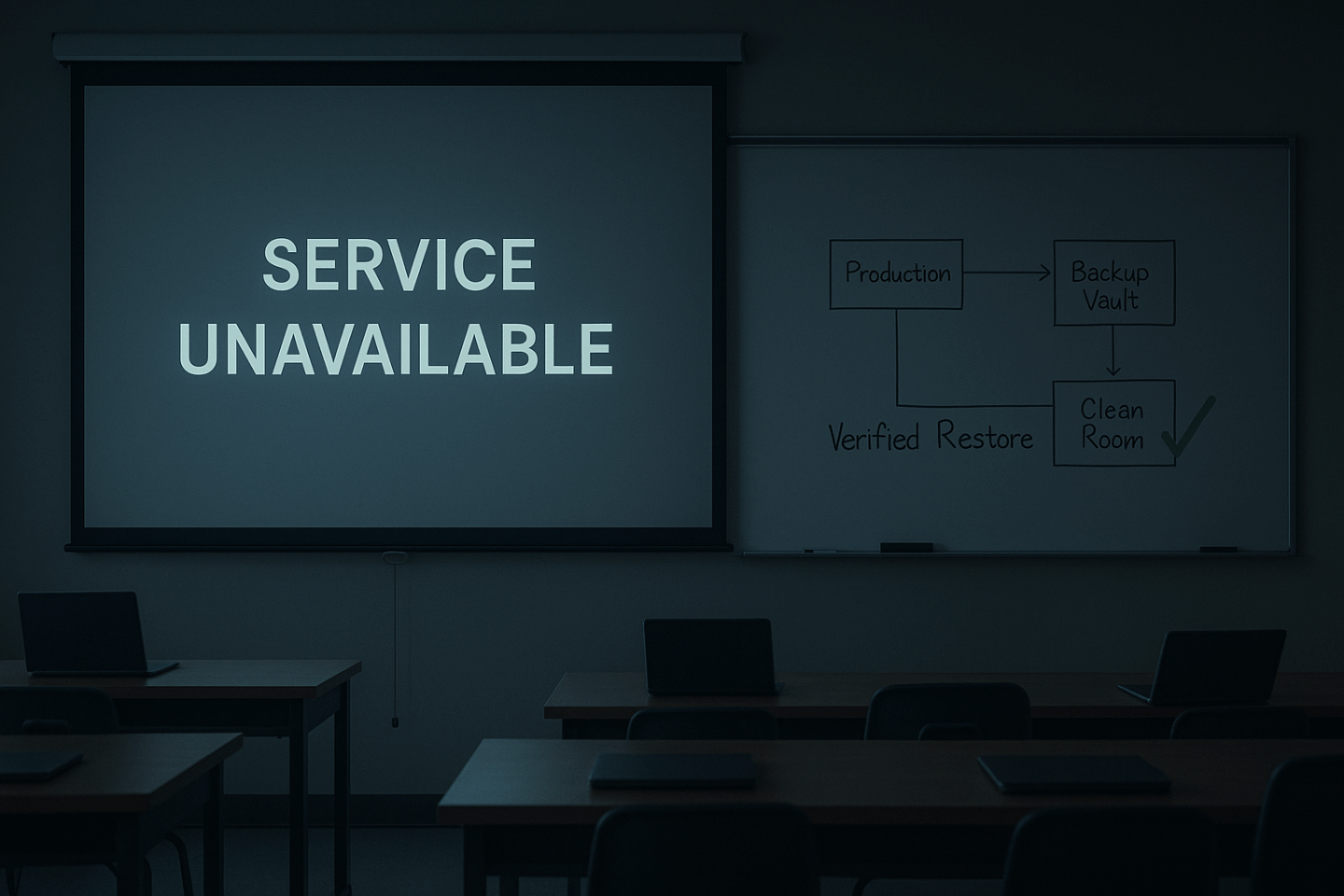DATA PROTECTION TRENDS, NEWS & BACKUP TIPS
Disaster Recovery Challenges: Confusion Around “As a Service”

The problem with “as a Service” and Disaster Recovery Today
You’ve, no doubt, experienced some kind of disaster recovery event. It could have been something as big as a complete loss of location and services, or the outage of just a specific application. No matter how big or small, when most of us go through our first disaster, we figure out on the other end that your ability to respond was a bit slower than desired and, quite possibly, the outcome itself didn’t go exactly as you thought it would.
The challenge is to proactively address the recovery specifics for a disaster that hasn’t happened. You either attempt to guess all the potential disasters that can occur, the losses from each, and work backwards to the types of recovery services that will assist. Or, you look at the operational needs of the business, determining what the recovery requirements are for each critical workload, and determine how the various “aaS” recovery offerings can assist in meeting your recovery objectives. Read more in our ebook, Confusion as a Service
The Challenge of Disaster Recovery and “as a Service” Today
Today, cloud infrastructure’s normal use is a bit of a hybrid between DR and infrastructure, where organizations are less thinking about using it to react to a DR event, and, instead, be ready for one should it happen. For example, critical workloads that need to be “always on” (e.g. email, website, ecommerce) utilize secondary servers running in a cloud infrastructure to keep those workloads
continually running. In other cases, some applications, such as an ERP system, don’t have great way to backup and must use that vendor’s solution – in this case, it makes more sense to have the application run in the cloud for higher availability.
Infrastructure as a Service
Today, cloud infrastructure’s normal use is a bit of a hybrid between DR and infrastructure, where organizations are less thinking about using it to react to a DR event, and, instead, be ready for one should it happen. For example, critical workloads that need to be “always on” (e.g. email, website, ecommerce) utilize secondary servers running in a cloud infrastructure to keep those workloads
continually running. In other cases, some applications, such as an ERP system, don’t have great way to backup and must use that vendor’s solution – in this case, it makes more sense to have the application run in the cloud for higher availability.
Disaster Recovery as a Service
In a typical DRaaS scenario, everything needed for a recovery should already be in place – on boarding of data and applications is complete, internal and provider teams are sync’d up on failover processes, servers and services are replicated, and the recovery environment is configured for failover. The only thing left to be done is the failover itself during a disaster event.
Most internal IT teams are not equipped to handle major data outages. Having an offsite disaster recovery service provider is crucial to preventing loss. To ensure a successful DR strategy, you should define your must haves for your disaster recovery provider from detailing backups, to building the recovery environment, to establishing, testing and executing recovery plans. Once this is defined, you now have an understanding of where DRaaS – and the chosen provider – will help to achieve your recovery goals.
Understanding Backup as a Service: Key Benefits and Considerations
BaaS, In a tactical sense, it comes down to two things: cloud-based storage to host backups and management of backups. BaaS provides the organization with access to all the space needed – along with the bandwidth, compute, etc. all necessary to support the storing and retrieving of backup data. Generally, BaaS is an unmanaged offering, with the simple obligation on the part of the provider to keep the backup data target up and running.
Protecting Cloud Data
Your recovery strategy – which includes some or all of the services mentioned throughout this ebook – has the singular goal of recovering operations to a known-good state. And, if those operations should include cloud-based applications, you need to incorporate the protection of those applications (to the best of your ability) in your strategy.
Choosing the right “as a Service”
The most critical aspect of the selection process is to ensure you are considering the needs of the organization, determining whether the provider meets those needs. As outlined in the eBook, we provide a comparison among each service, and then cover some of the considerations when choosing the right provider.
CyberFortress Data Protection Options
Curious to learn more about CyberFortress’s suite of data protection services for your company? We offer a range of solutions from cloud backup and disaster recovery services to software backup. Learn about our data protection solutions here.






